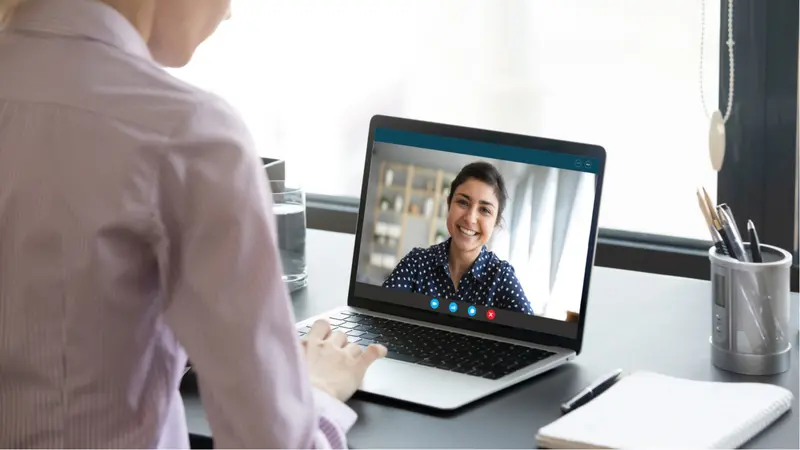

Mental and Behavioral Well-Being

Mental and Behavioral Well-Being
Mental Telehealth Offers Challenges—and Opportunities
The eruption of the COVID-19 virus in 2020 has led to a rise in mental health problems around the globe. In the face of social, economic, and health crises, rates of depression, anxiety, post-traumatic stress disorder (PTSD), and pandemic stress disorder (PSD) have grown, with a concomitant need for greater access to mental health services.
With social distancing requirements limiting personal interaction, many mental health providers are using telehealth and video therapy to meet growing demand for their services. There are things both providers and patients can do to reduce anxiety and increase the effectiveness of the appointments.
Video appointments present a variety of unique challenges, beginning with interruptions due either to technology problems or household distractions. Clients and practitioners should prepare ahead of time by finding a quiet room where they can be alone, testing their internet connection, and downloading the necessary applications—Zoom, FaceTime, or many others. Creating a plan B with a client, such as calling by phone, in case there is an issue with the internet connection or video feed can alleviate a client’s worry and help keep the session focused. In case of external interruptions, like kids asking questions or dogs barking, it can help to take a minute after the disruption passes to take some deep breaths and re-center.
Technology problems are not the only issues that can arise during a mental telehealth appointment. Since people are often more comfortable in their own environment than in a doctor’s office, they may not see the need to fully dress or may engage in distracting habits. Setting boundaries and expectations ahead of time with a client can help them remain present without awkward and time-consuming interruptions during the session.
Using just a small camera, it may not be possible for practitioners to observe body language. Instead, asking clarifying questions and having clients verbalize emotions can help clinicians verify mood indicators without relying on body language.
While mental telehealth presents challenges, it also offers new opportunities. Many clients who could not otherwise attend a session due to lack of transport or discomfort leaving their home are able to get the help they need using remote appointments. Mental telehealth can help give clinicians more accurate insight into a client’s life, especially in couple’s therapy. Overall, video sessions make mental health more accessible to people worldwide while removing the risk of disease transmission.
REFERENCES
Sood, R. (2021, January 13). 5 Things the pandemic taught us about mental telehealth. Amen Clinics. https://www.amenclinics.com/blog/5-things-the-pandemic-taught-us-about-mental-telehealth/?


 By
By



